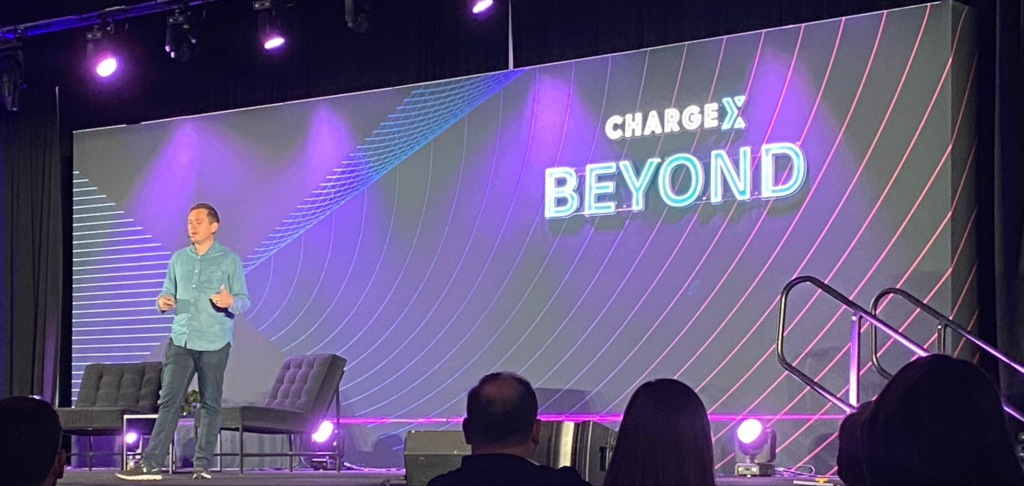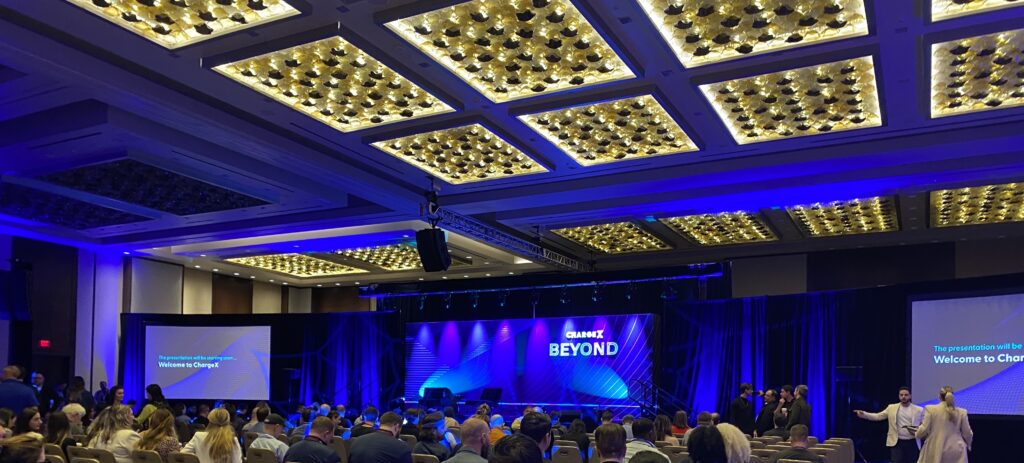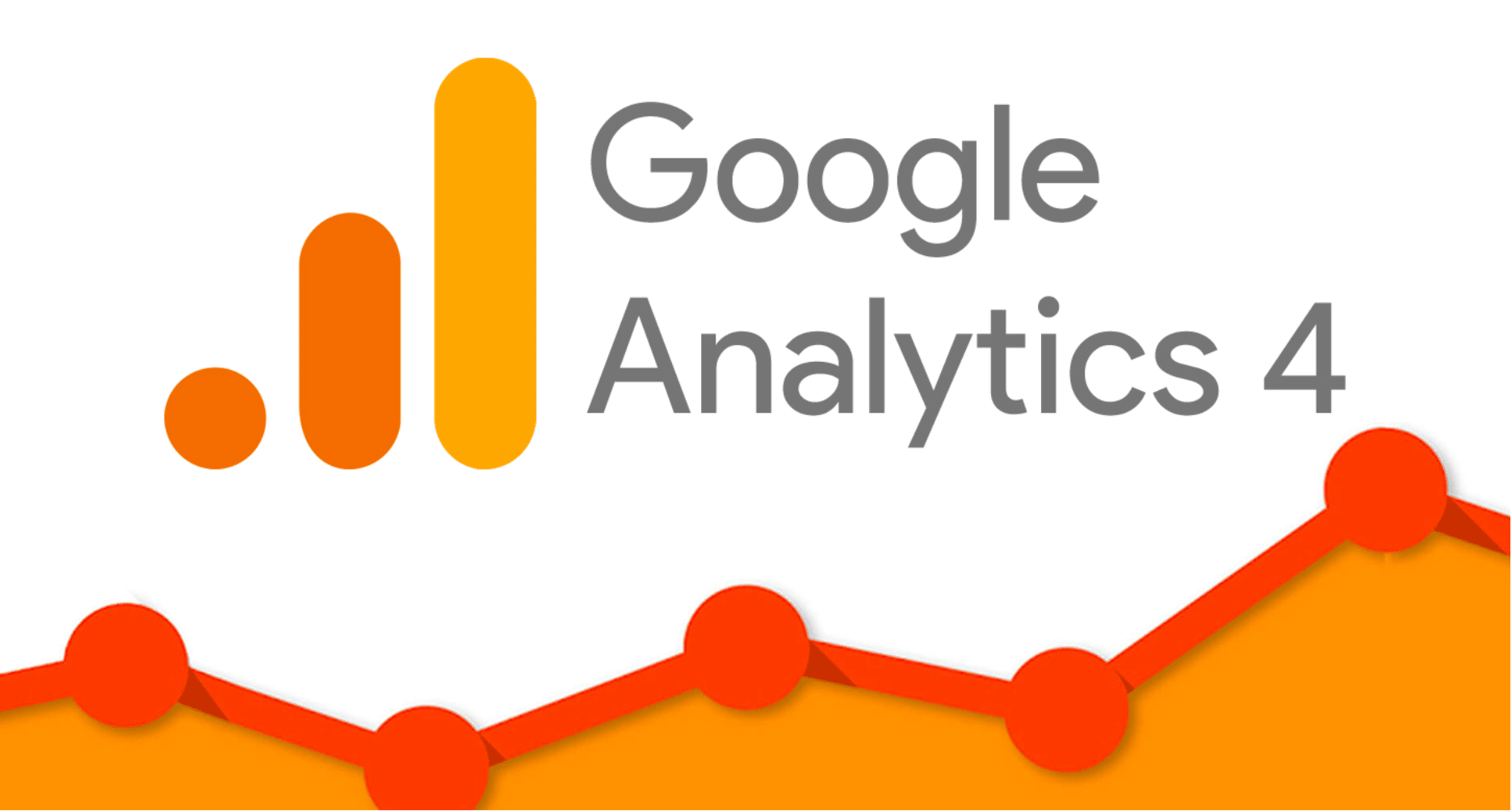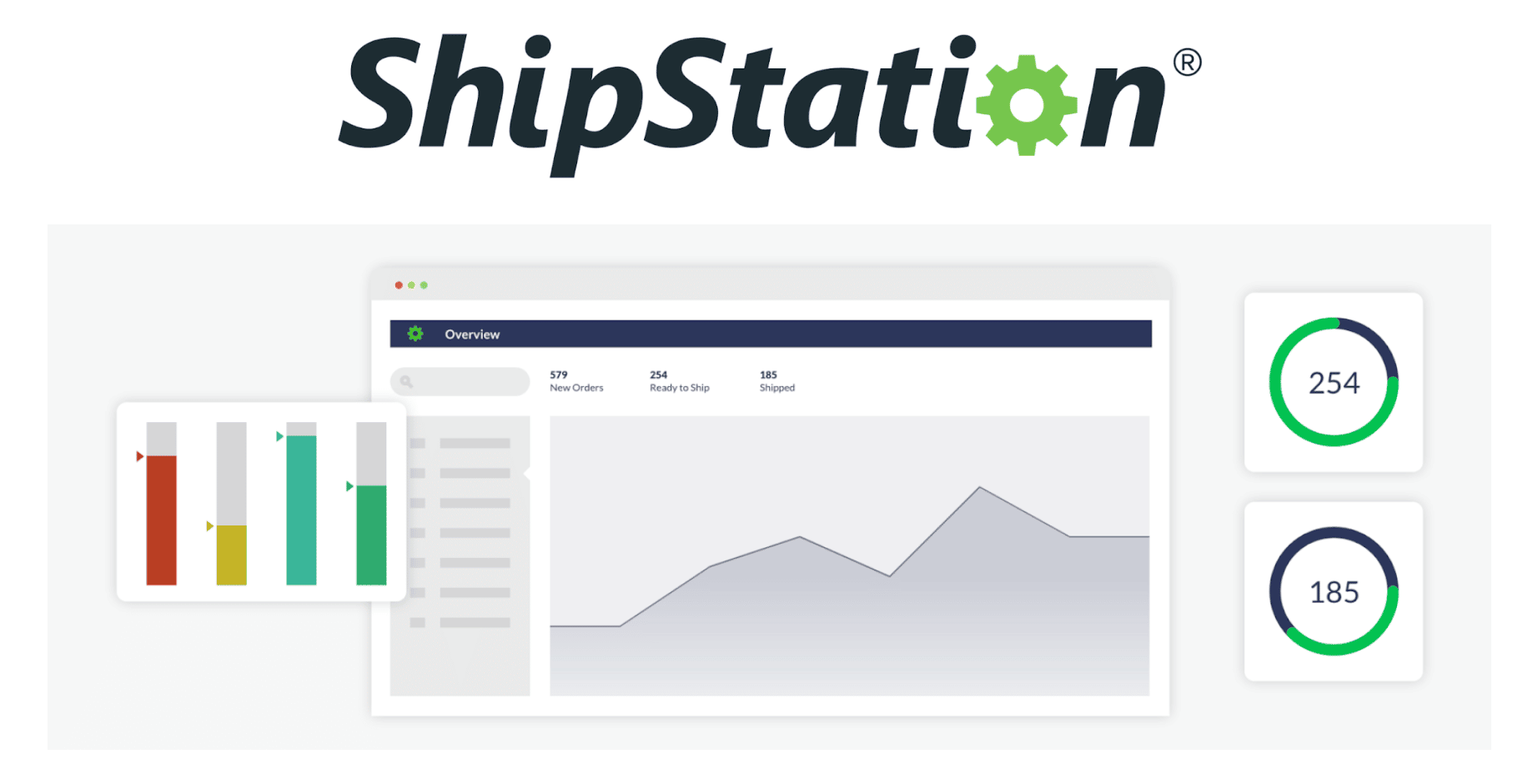Last week I had the pleasure of attending ChargeX Beyond in my old stomping grounds, Washington, DC. This conference was filled with new app releases, insightful thought-leadership, and a conglomerate of business solutions. Spending a few days surrounded by conversations on the wild west that was the beginnings of e-commerce, the zero and first party customer-focused present, and an AI-powered future, reminded me of the sheer need for adaptability in this industry.
“ChargeX Beyond is really a vision of where we think Recharge is going, where commerce is going, and how we need to all change in this new time.”
– Oisin O’Connor, CEO/Co-Founder at Recharge
Recharge’s Product Roadmap and Insights on Customer Retention
The first full day of panels unveiled some incredible updates over at Recharge; game-changers for merchants and developers alike. New items that will be boosting subscriptions and the merchant-experience within the coming months:
- Bundles: Curate or customize product bundles and soon will offer dynamic pricing
- Memberships: Create paid membership programs to increase recurring customers
- Rewards: A potent suite of options, including cash back and store credits, to build loyalty
- Flows: Implement customized workflows that improve the customer experience and reduce churn

These new offerings are designed to provide merchants with an out-of-the-box functionality of Recharge. They will provide a powerful toolkit for us to further help merchants quickly grow their customer base, increase average order value (AOV) and lifetime value (LTV), as well as strategize even more customization. With Flows, for example, merchants can (or we can help them) implement proven CRO strategies directly into their customer journey; guiding shoppers through the purchasing process, making it easy and convenient to buy. By drilling down as granularly as possible within the customer journey, we’ll be able to create highly targeted and personalized experiences at scale, building long-lasting customer relationships.

Another update released during the event, and one of the more requested subscription enhancements, was the Affinity Customer Portal. This offers businesses a highly customizable, no-code customer portal where customers can easily manage their subscriptions from any device through Affinity’s modern and user-friendly interface.
Thursday Takeaways
Later that evening, I was treated to the choice of wine or whiskey, to which I ruminated on the other panels while enjoying delicious South African wine, guided by sommelier Tinashe Nyamudok.
A highlight of the panels that day was 10 Steps to building a retention program for your merchants with Brandon Amoroso, Founder of Electriq Marketing (a DRINKS company). The key takeaway from this talk for me is that customer segmentation and personalization are critical for merchants to deliver a 1 to 1 experience that meets the needs of their customers at scale. To do this, merchants will need to leverage customer data effectively, make reordering easy, and create loyalty programs that are tailored to their customers’ motivations, whether it’s free swag, badges, or tier programs. Quality customer service is crucial for building strong relationships, and merchants should go the extra mile to win back customers who have had negative experiences. Additionally, merchants should audit their tech stack to identify the best tools and techniques that will help them achieve a better ROI and consolidate their experience. By doing all of this, merchants can improve their bottom line and build long-lasting relationships with their customers.

As many of the attendees migrated to a beautiful evening at the LINE hotel in DC for food, drinks, and dancing, the conversations around optimizing the customer experience did not stop. Across brand categories, there are an incredible number of customized strategies for increasing current revenue and predicting future hurdles. On the horizon, we’re talking about everything from recession concerns, to GA4 transitions, and an AI-powered future. If I look at it through an objective lens, I’m incredibly fascinated by what’s next.

Conclusion
As Friday came, we were treated to a series of engaging presentations and discussions, as well as an insightful chat with Jonathan Van Ness about their personal journey and the success of JVN Hair. Throughout the discussion, Van Ness emphasized the importance of deeply understanding your audience, while also touching on the critical role of relationships and technology in supporting effective decision-making and strategy development. They highlighted the value of leveraging your passion for the industry to build community and engagement, as well as the need to stay true to your original vision and sense of self as a business owner.
“These are our babies…and the higher you go, the more razor’s edge that is, and the higher you can fall.”
– Johnathan Van Ness
Through being extremely clear on their personal mission statement, “spread self-acceptance by modeling joy and curiosity”, Johnathan has been able to fuel decisions toward fulfillment both as an individual and as a merchant. Sometimes, (most times) we can get so wrapped up in competition and optimization (although essential to success) that we can forget the baseline of good business: relationships and authentic storytelling. Overall, the discussion was expertly moderated by VP of Strategic Alliances at Recharge, Lindy Crea, and a valuable reminder of the key principles that underpin successful e-commerce ventures.

Rounding out the evening, the e-commerce energy was lush, and I am invigorated and re-ignited in Ambaum’s approach of moving merchants forward through our expertise and excellence. If you have thoughts on your business needs, and how we can help, check out our work, and drop us line today.

– Taylor Payne, Partnerships Marketing Manager










